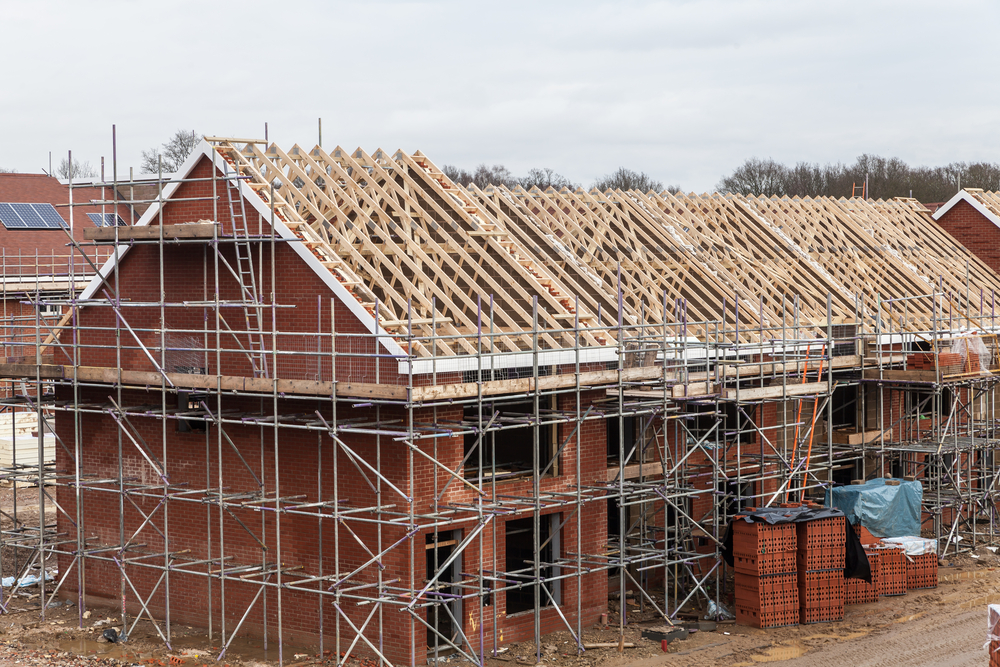News - Construction News
New build up but housing target remains challenging

New figures have been released by the Ministry of Housing, Communities and Local Government which show an encouraging rise in new build dwelling completions.
However, even with a 16% rise year-on-year in 2017, the numbers fall well short of the government’s target of 300,000 by the mid-2020s.
2017 saw some 163,250 new build completions, and 162,180 new build starts. The statistics have also revealed relatively high rates of new build starts west of the London commuter belt and across the Midlands to East Anglia. Local authority areas with particularly high new start rates include Northamptonshire, Essex and South Derbyshire, while Croydon, Northamptonshire and Kent all recorded high completion rates.
Commenting on the new figures, Kelly Boorman, head of construction at audit, tax and consulting firm RSM said: “While the numbers show an encouraging upward trend, we still haven’t returned to pre-crash levels. The current figures also underline how difficult it will be for the government to meet its target of 300,000 new homes annually by the mid-2020s.
“Despite government efforts to improve the planning process, some developers continue to be frustrated by what they perceive to be unnecessary delays and obstacles in obtaining planning permissions.
“At the recent Spring Statement, the Chancellor reiterated the government’s plan to invest £44Bn to raise housing supply and provided an update on recent developments. Specifically, he mentioned the 44 authorities who have bid into the £4.1Bn Housing Infrastructure Fund and announced the deal with the West Midlands to commit to delivering 215,000 homes by 2030-31, facilitated by a £100M grant from the Land Remediation Fund.
“He also hinted at further policy announcements at this year’s Budget to address the problem of the gap between planning permissions granted and housing completions. While we don’t yet know the details, construction firms should be keeping a close eye on developments.”
If you would like to read more articles like this then please click here.
Related Articles
More News
- Leeds Beckett University collaboration to drive innovation in construction industry
25 Apr 24
Leeds Beckett University have partnered YORhub drive innovation in the construction sector
- Balfour Beatty awarded contract to build Scotland’s first net zero prison
24 Apr 24
Balfour Beatty has confirmed that it has been awarded a contract to construct the new
- Construction output decreased in February
23 Apr 24
The estimates show that monthly construction output is expected to have decreased 1.9% in volume






